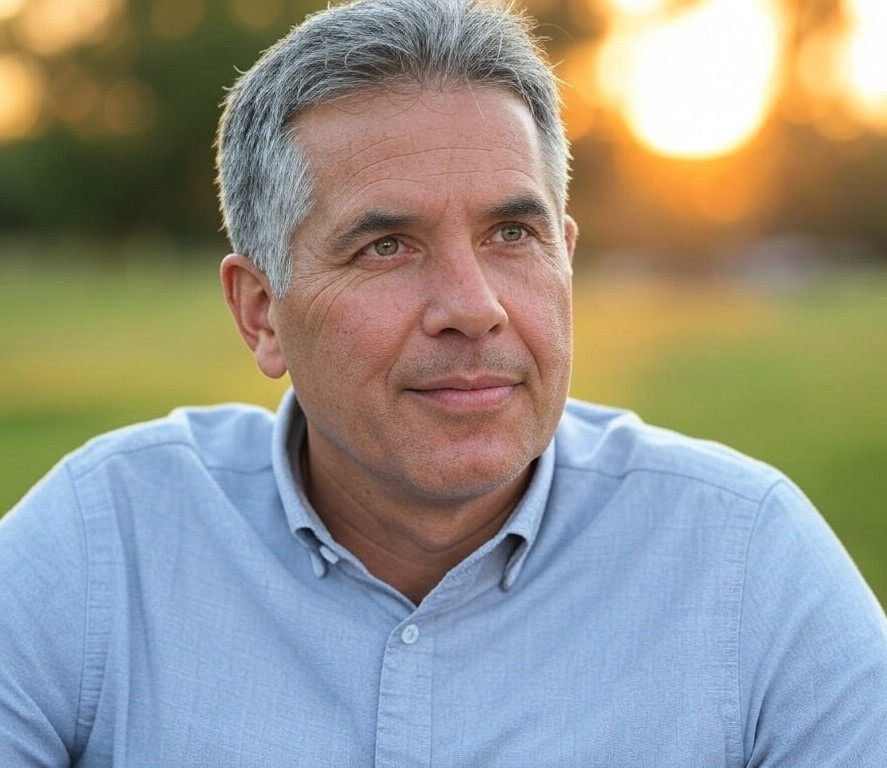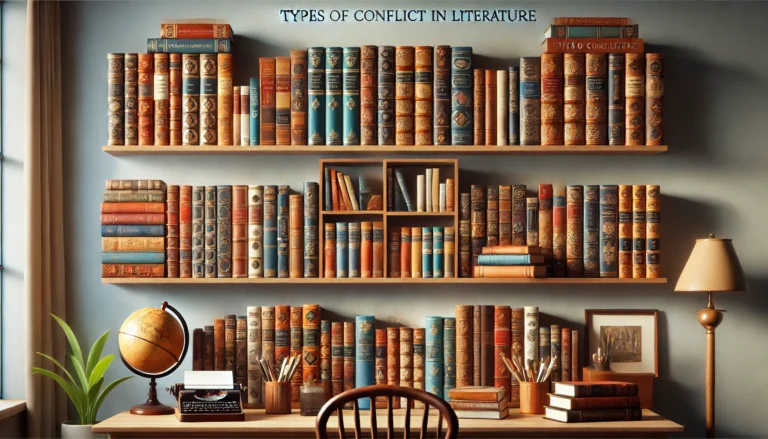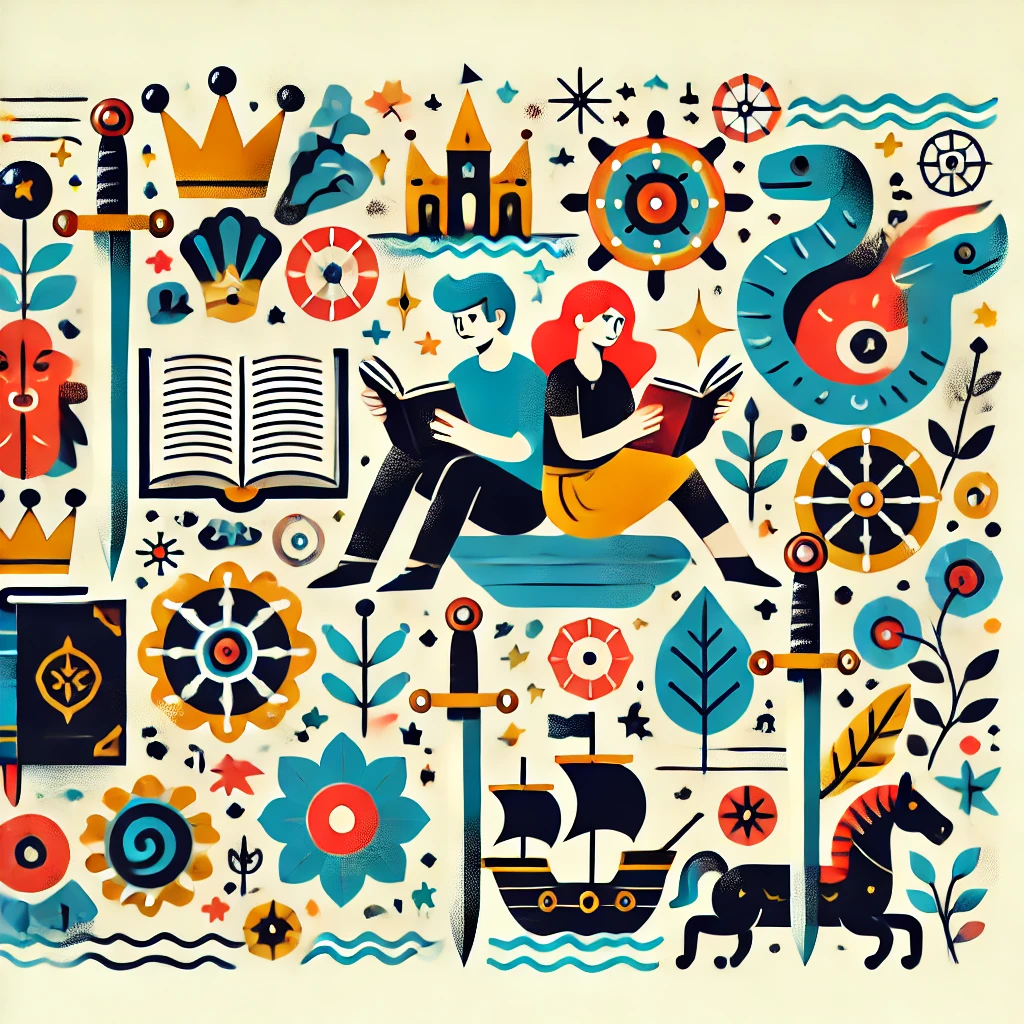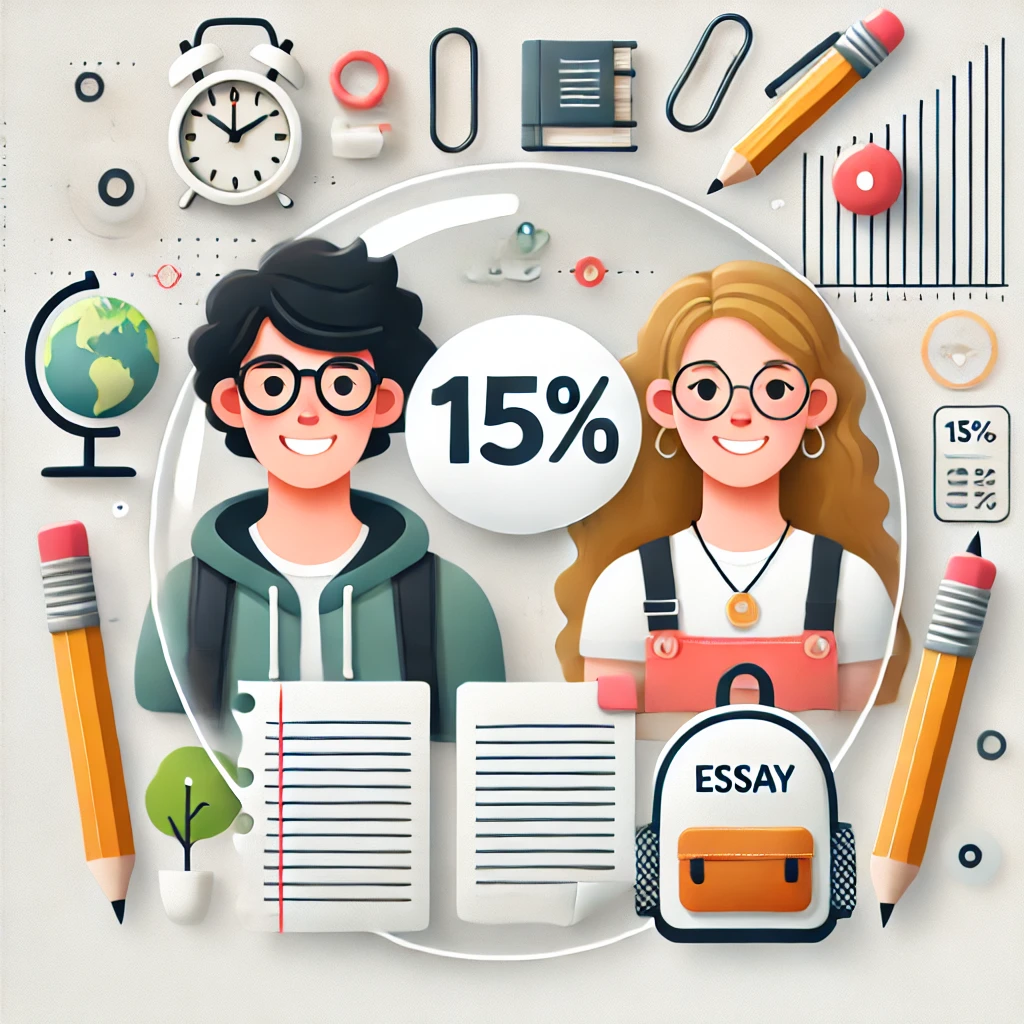Essay Writing Guides
Types of Conflict in Literature: Definitions and Examples


You’re lost in the pages of a gripping story, heart pounding as the hero faces their toughest challenge. You wonder why every unforgettable tale has that moment of tension, with high stakes and the outcome uncertain.
That’s the magic of conflict in literature—the driving force behind every captivating narrative. Whether Frodo’s struggle against Sauron in The Lord of the Rings or Elizabeth Bennet’s clash with Mr. Darcy in Pride and Prejudice, conflict keeps us emotionally invested, rooting for characters to overcome the odds.
But did you know there are 7 distinct types of conflict that give stories their shape and depth? Each one brings its challenges and creates unforgettable moments. Let’s dive in and explore how these conflicts bring your favorite stories to life.
Are you looking for high-quality academic assistance? Choose MastersWriters, the top-rated essay writing service trusted by students.
What is Conflict in Literature?
Conflict in literature refers to the struggle or challenge characters face that drives the story forward. It can involve internal battles within a character or external clashes with others, society, or nature. This tension creates drama, develops the plot, and keeps readers engaged. At its core, conflict is the heart of storytelling.

Looking for Expert Literary Analysis?
Our professional writers excel in crafting essays on themes and types of conflict in literature. Let us help you create a masterpiece!
Internal vs External Conflict
Internal conflict occurs within a character’s mind as they struggle with emotions, desires, or moral dilemmas. This type of conflict reveals the character’s thoughts and feelings, adding depth to their personality. For instance, a protagonist might wrestle with fear, guilt, or a tough decision that challenges their beliefs, making their journey relatable and compelling.
External conflict happens between a character and an outside force, such as another character, society, nature, or technology. This type of conflict drives the plot through visible challenges and obstacles. Whether it’s a hero facing a villain, battling harsh weather, or clashing with societal norms, external conflict creates action and builds tension in the narrative.
7 Types of Conflict in Literature
Conflict is the backbone of any great story. It challenges characters, drives the plot, and keeps readers hooked. Whether it’s an internal struggle or an external clash, every tale revolves around some form of tension. Let’s explore the 7 main types of conflict that shape literature and bring stories to life:
- Character vs. Self
This conflict occurs within a character as they grapple with personal struggles, such as doubts, fears, or moral dilemmas. It reveals their innermost thoughts and forces them to confront their flaws or make tough decisions. Example: Hamlet’s struggle with indecision in Hamlet by William Shakespeare.
- Character vs. Character
A clash between two characters often involves opposing goals, beliefs, or personalities. This conflict fuels tension and drama as they battle for dominance, survival, or resolution—for example, Harry Potter’s battle with Voldemort in Harry Potter by J.K. Rowling.
- Character vs. Society
In this conflict, the protagonist stands against societal norms, laws, or expectations. They often fight for justice, freedom, or change, highlighting larger social issues. Example: In The Hunger Games by Suzanne Collins, Katniss Everdeen challenges the Capitol.
- Character vs. Nature
Here, the character must overcome challenges posed by natural forces, such as storms, wild animals, or harsh environments. It emphasizes survival and human resilience. Example: Santiago battles the marlin in The Old Man and the Sea by Ernest Hemingway.
- Character vs. Fate or Supernatural
This conflict pits the character against forces beyond their control, such as destiny, gods, or supernatural entities. It often explores themes of fate and free will. Example: Oedipus confronting his prophecy in Oedipus Rex by Sophocles.
- Character vs. Technology
A more modern conflict where the character struggles against advanced technology, artificial intelligence, or machines. It often raises questions about humanity’s reliance on technology. Example: The rebellion against Skynet in The Terminator.
- Character vs. Unknown
In this conflict, the character faces the mysterious or the unexplained, such as the paranormal or unknown forces. It creates tension and fear, often leading to self-discovery. Example: The crew of the Nostromo battling the alien in Alien.
Writing Prompts for Conflict in Literature
Want to bring compelling tension and drama to your story? These creative prompts will help you dive into the different types of conflict in literature:
- Outline the internal and external conflicts your protagonist faces. Which inner struggle impacts their decisions the most, and how do external pressures amplify this conflict?
- Imagine your character is forced to confront a deep personal regret. How do they handle the emotional weight, and how does it shape their future actions?
- Create a scenario where your character’s moral code is challenged. What event or choice pushes them to reevaluate their values and make a life-changing decision?
- Place your character in a situation where they must choose between saving someone they love or protecting a group of strangers. How does this choice reveal their true character?
- Develop a plot where your character defies a corrupt system. What risks do they face, and how do others respond to their rebellion?
- Imagine a character stuck in a life-threatening natural disaster. How do they navigate their fear and use their instincts to survive?
- Write about a character grappling with their destiny. What happens when they discover a prophecy or supernatural force they can’t escape?
Tips for Writing About Different Types of Conflict in Literature
Engaging conflict in literature comes from authenticity and depth. Here are some practical tips for crafting different types of conflict in ways that resonate with readers:
Conflict Type | Writing Tips |
Character vs. Character 🤝 | Give your characters relatable motivations for their disagreements. Explore underlying emotions like jealousy, loyalty, or betrayal. Use subtext in dialogue and actions to reveal tension. Think of Darcy and Elizabeth in Pride and Prejudice. |
Character vs. Society 🌍 | Highlight your character’s status as an outcast or rebel. Show how societal norms or rules directly clash with their beliefs. Paint a picture of the consequences they face for going against the grain. Think of Atticus Finch in To Kill a Mockingbird. |
Character vs. Nature 🌿 | Treat nature as a relentless adversary. Use vivid descriptions to immerse readers in the challenges—storms, hunger, or wild animals—and show how these shape your character’s resolve. Consider Life of Pi, where survival becomes a battle against the sea. |
Character vs. Technology 🤖 | Introduce technology as a tool that slowly turns dangerous. Show its benefits at first, then let small glitches or malfunctions escalate. Build suspense as the character tries to regain control. Think of HAL 9000 in 2001: A Space Odyssey. |
Character vs. Fate 🔮 | Highlight the character’s struggle to defy destiny. Create tension as they make choices that inadvertently lead to their predicted future. In Oedipus Rex, every attempt to escape prophecy brings Oedipus closer to it. |
Character vs. Supernatural 👻 | Create a sense of ambiguity—are the supernatural elements real, or is it all in the character’s mind? Use subtle, unsettling details to blur the line between reality and the unknown. Think of The Turn of the Screw, where fear lies in what is unseen. |
Character vs. Self 💭 | Dive into your character’s internal thoughts. What fears, guilt, or insecurities drive them? Show how these inner conflicts influence their decisions and relationships. In Catcher in the Rye, Holden’s internal struggles define his journey. |
These tips will help you create compelling, realistic conflicts that deepen your story and keep readers engaged. By exploring each type of conflict in detail, you’ll uncover new dimensions to your characters and their struggles, bringing your narrative to life.
Struggling with your literature review? Let our expert literature writers write a detailed and professional review tailored to your needs.

Exceptional Literary Analysis Essays!
Let our expert writers deliver insightful and engaging analysis on literary conflicts, crafted to meet your exact needs.
FAQs
What is conflict in literature with examples?
Conflict in literature refers to the struggle between opposing forces that drives the story forward. It can be internal, such as a character battling guilt or fear, or external, like a hero facing a villain. For example, in To Kill a Mockingbird by Harper Lee, Atticus Finch’s conflict with societal prejudice illustrates character vs. society conflict.
What are the 7 types of conflict in literature?
The 7 main types of conflict in literature are:
- Character vs. Self: A character struggles with internal dilemmas or emotions. (The Bell Jar by Sylvia Plath).
- Character vs. Character: A conflict between two characters. (Harry Potter vs. Voldemort).
- Character vs. Society: A character challenges societal norms or rules. (1984 by George Orwell).
- Character vs. Nature: A battle against natural forces. (The Old Man and the Sea by Ernest Hemingway).
- Character vs. Fate: A struggle against destiny or fate. (Macbeth by William Shakespeare).
- Character vs. Technology: Conflict with machines or artificial intelligence. (The Terminator).
- Character vs. Supernatural: Facing otherworldly forces. (The Haunting of Hill House by Shirley Jackson).
How to identify conflict in literature?
To identify conflict in literature, look for moments where characters face challenges or opposition. Ask:
- What problem is the character trying to solve?
- Is the struggle internal (emotions, beliefs) or external (another character, society, or nature)?
- How does this challenge drive the story forward?
By analyzing the protagonist’s goals and the obstacles they face, you can pinpoint the type of conflict shaping the narrative.
Sources
Oregon State University (n.d.). What is conflict in literature. https://liberalarts.oregonstate.edu/wlf/what-conflict

